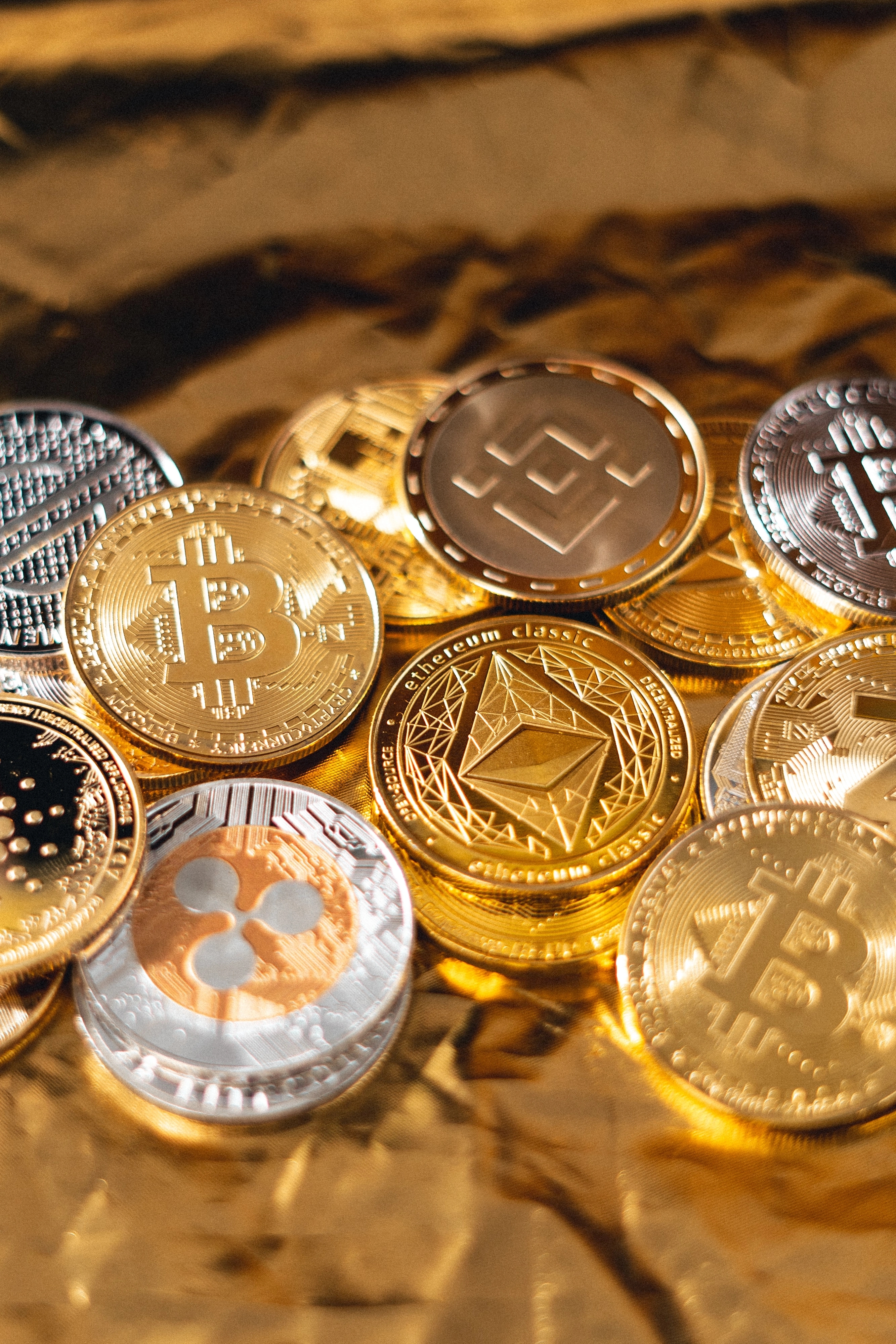Unlock the future of blockchain with Polygon Bridges! Seamlessly connecting layer one and layer two blockchains, Polygon revolutionizes interoperability. Discover decentralized bridges, enabling secure asset transfers and data relays across diverse networks. Explore the transformative impact on Web3, fostering a collaborative and scalable ecosystem. Embrace the multi-chain future with Polygon – the key to decentralized innovation!
Introduction
In the ever-evolving landscape of blockchain and cryptocurrency, a pivotal challenge has crystallized – the urgent need for seamless interoperability across the vast and intricate network of blockchain ecosystems. Polygon bridges are stepping into this realm with innovative prowess, a revolutionary solution designed to transcend conventional boundaries by connecting layer 1 and 2 blockchains. This thorough exploration aims to dissect the multifaceted functionality, delve deeper into the decentralized architecture, and underscore the transformative influence that Polygon bridges wield over the burgeoning Web3 ecosystem.
polygon-bridges-connecting-blockchains-for-seamless-crypto-transactions
As the blockchain and cryptocurrency industry continues its meteoric growth, interoperability between networks is a rising challenge. Enter polygon bridge – an innovative solution that links independent layer one and layer two blockchains, allowing seamless transfer of assets and data between chains.
So, what exactly are polygon bridges, and why are they important? Blockchain bridges act as a connection layer that enables communication between two networks with different protocols and architectures. Much like a physical bridge allows movement across obstacles like rivers or valleys, a digital bridge does the same but across blockchains.
The polygon network specifically utilizes bridge technology to achieve interoperability between the various solutions in its ecosystem. This includes bridges between Ethereum mainnet, POS chain, polygon Matic chains, and more. Polygon bridges enable assets in one chain to be used flexibly in other chains while ensuring the security of transactions.
Decentralized Bridges for Seamless Asset Transfer
Polygon’s decentralized bridge framework involves intelligent contracts on each blockchain to enable asset movement without a centralized custodian. Ethereum assets can get locked in a smart contract on one chain, with a proportional release happening on the other. This atomic swap style movement maintains 1:1 parity between assets on both sides.
Such decentralized bridges eliminate single points of failure, allowing for robust architecture. They also avoid security issues like customers’ funds getting stuck or lost since there is no centralized control. The only risk comes from potential intelligent contract bugs, which Polygon’s diligent audits substantially minimize.
Besides asset transfers, polygon bridges also relay transaction data between blockchains. This data communication powers other use cases like NFT marketplace listing across networks or executing trustless transactions via blockchain encoding.

Fueling the Multi-Chain Future
Interoperability is a make-or-break capability for blockchains to power the emerging Web3 landscape. Isolated networks limit what users can do within the crypto economy, even if the underlying base layer is highly scalable or decentralized.
Polygon bridges tear down these barriers, turning the polygon ecosystem into an “internet of blockchains.” Separate specialized chains can interconnect stably and efficiently to combine strengths. Assets deployed for DeFi on Ethereum get portable benefits of polygon chains – faster transactions, lower fees, flexible security models, and more.
This plug-and-play nature means developers don’t have to worry about supporting each blockchain separately. Polygon’s modular approach handles interoperability behind the scenes, while users face no visible difference in asset utility whether moving across chains.
Such seamless cross-chain coordination and asset movements will likely dominate how large-scale crypto usage evolves. Chains must talk to each other, allowing capital and data to flow freely to the most optimal destinations.
Just as the hyperconnected internet brought infinite possibilities for information applications, web3 necessitates connected blockchains to realize its true potential. DefiWay polygon bridges deliver the vital glue to enable this future.

Understanding the Intricacies of Polygon Bridges
Delving into the fundamental concept, a blockchain bridge, a digital nexus, fosters communication between networks characterized by distinct protocols and architectures. Analogous to physical bridges overcoming geographical divides, digital bridges navigate blockchains’ intricate and diverse landscapes.
Tailored specifically to the Polygon ecosystem, these bridges are pivotal in establishing connections between the Ethereum mainnet, Polygon POS chain, Polygon Matic chains, and many other blockchain solutions. Their true prowess lies in empowering assets to traverse seamlessly across chains while meticulously upholding the sanctity and security of transactions, marking a significant leap forward in the quest for blockchain interoperability.
Decentralized Polygon Bridges: A Paradigm Shift in Asset Transfer Dynamics
At the epicenter of Polygon’s groundbreaking innovation lies its decentralized bridge framework, an intricate mechanism orchestrated through intelligent contracts embedded in each participating blockchain. This framework facilitates the movement of assets without reliance on a centralized custodian.
The process involves locking assets from one network, such as Ethereum, in a smart contract on one chain, with a proportional release occurring on the recipient chain. This atomic swap-style transaction not only eradicates single points of failure but fortifies the overall resilience of the architectural framework, ensuring a secure and trustless cross-chain asset transfer experience.
Diverging from traditional centralized models, decentralized bridges significantly mitigate the risks of funds getting stuck or lost. By eliminating centralized control, the focus shifts to potential intelligent contract bugs, a concern Polygon addresses with utmost diligence through comprehensive audits. This meticulous approach ensures not only the security and integrity of the bridge framework. Still, it instills confidence among users and developers, providing a robust foundation for decentralized finance (DeFi) applications and beyond.

Seamless Cross-Chain Coordination: Redefining the Crypto Landscape:
Polygon bridges redefine crypto, reshaping interactions on a grand scale. Seamless chain communication optimizes capital flow. Hyperconnected evolution mirrors the internet’s transformation. This transformative journey enables intricate decentralized applications, sophisticated financial instruments, and collaborative projects across blockchains. In the dynamic ecosystem, developers find a vast playground for innovation, inviting exploration into uncharted decentralized territories.
Conclusion
Polygon bridges are not just a solution to blockchain interoperability but are also transforming the crypto landscape. Their innovative approach to decentralized bridges, seamless asset transfers, and transaction data relay positions them as catalysts for the multi-chain future. Polygon bridges are crucial in the evolving crypto landscape, enabling a decentralized, collaborative, and scalable future with dismantled blockchain barriers and an interconnected Web3 ecosystem.


